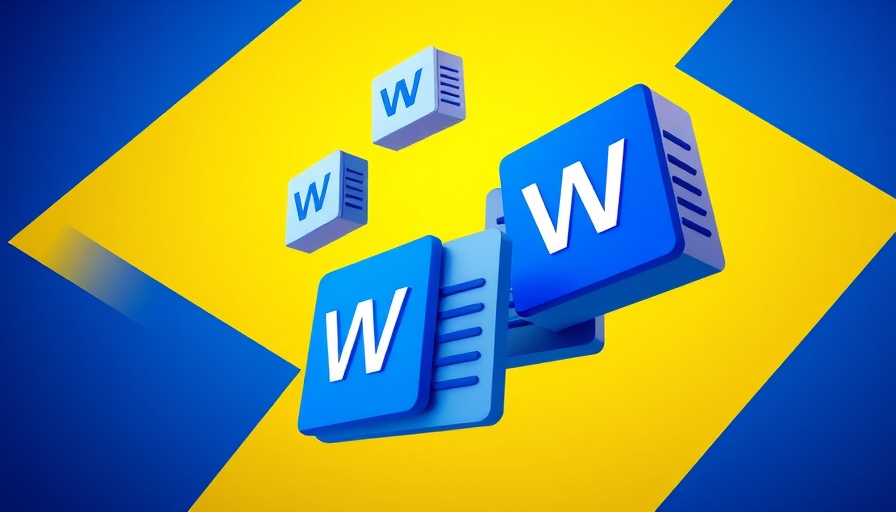
Mastering Document Navigation: Efficient Strategies for Business Owners
In today’s fast-paced digital landscape, ensuring that your Word documents are easy to navigate is essential for productive workflows. Business owners and managers, in particular, are often tasked with compiling extensive documents, from project proposals to reports. Here are proven strategies to make your Word documents more user-friendly, helping you easily manage and reference crucial information.
1. Add Page and Section Breaks for Clarity
One effective way to enhance document navigation is by using page and section breaks. These breaks allow you to establish clear distinctions between chapters or sections, making it easier for readers to find relevant information. A page break initiates a new page, while a section break allows for different formatting in distinct parts of the document. Navigate to the "Layout" tab on the ribbon and click "Breaks" to implement this feature seamlessly.
2. Utilize Heading Styles for Quick Access
Another powerful tool at your disposal is the Heading Styles feature. By structuring your document with headings, you enable the Navigation Pane—a feature that provides a clickable outline of your document’s headings. This saves precious time, especially in lengthy reports, and allows readers to jump directly to sections of interest. Find the styles under the "Home" tab and apply them to your headers.
3. Create a Table of Contents for Quick References
Including a Table of Contents (TOC) is another excellent method for improving navigation in Word documents. It gives readers a snapshot of the document’s organization and allows them to quickly locate specific parts. To create a TOC, use the references tab and select "Table of Contents". It automatically compiles a list based on your document’s headings, acting as a roadmap.
4. Insert Page Numbers for Added Structure
Page numbers are crucial for keeping track of multiple pages, especially in business reports or multi-section documents. By numbering pages, both you and your readers can easily reference specific sections while discussing content. This may seem small but adds a layer of professionalism and order to your documents.
5. Leverage Bookmarks and Hyperlinks
Lastly, bookmarks and hyperlinks are incredibly useful for navigating lengthy documents. By adding bookmarks to key sections, you provide quick access points for readers, allowing them to jump to relevant information swiftly. Hyperlinks can also be utilized to direct readers to additional resources or external documents. This feature fosters an interconnected document structure.
With just a few steps, you can transform your Word documents into easily navigable tools. Not only does this enhance efficiency, but it also makes collaboration smoother. By adopting these strategies, you’ll empower yourself and your teams to work more effectively and confidently across various projects.
Ready to take your Word document game to the next level? Start implementing these navigation strategies today and watch how they improve your efficiency!
 Add Row
Add Row  Add
Add 










 Add Row
Add Row  Add
Add 

Write A Comment